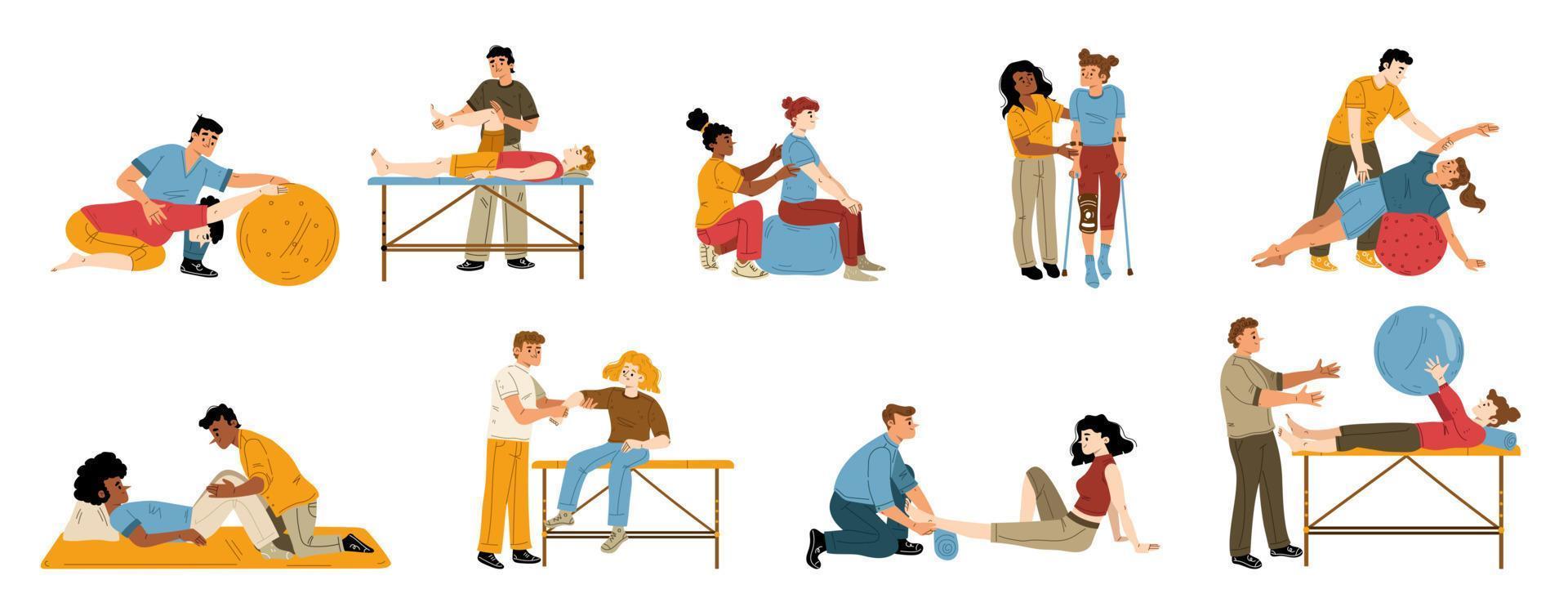Enhancing Recovery Through Cardiovascular Physical Treatment during the Process of Post-Operative Rehabilitation
Enhancing Recovery Through Cardiovascular Physical Treatment during the Process of Post-Operative Rehabilitation
Blog Article
Cardiopulmonary physical therapy serves a crucial role in helping individuals recover after surgery, especially for those who have undergone procedures affecting the heart and lungs. Recovery from surgery can be a challenging process, often accompanied by pain, fatigue, and limited mobility. However, with the right approach and support, patients can regain their vitality and enhance their overall health. This type of therapy focuses on improving the performance of the cardiac system and pulmonary system, which is crucial for a successful healing.
One of the main objectives of cardio-pulmonary physical therapy is to improve cardiovascular endurance. Following an operation, individuals may face decreased stamina, making everyday activities feel more tiring. Through a meticulously structured fitness program, therapists guide patients in gradually boosting their activity levels. This may consist of exercises such as ambulating, bicycling, or specific breathing exercises. These activities not only aid build power but also increase lung capacity, which is vital for ensuring that the body receives enough air.
Moreover, cardiopulmonary physical therapy highlights the significance of respiratory techniques. Many surgical patients may struggle with full respiration due to pain or limited movement. Physical therapists instruct individuals how to perform profound respiratory exercises, which can help increase the pulmonary system and clear out any mucus that may have accumulated during the recovery process. Appropriate respiratory techniques are essential to avoid issues such as pneumonia, which can occur if the pulmonary system are not operating optimally. By focusing on these techniques, patients can enhance their healing and general lung linked here health.
Another key element of this type of treatment is education. Therapists provide important insight about the recovery process, including what patients can expect during healing. They clarify how to recognize danger signs that may signal issues, helping patients feel more in control of their health. Comprehending the importance of exercise in healing allows patients to take an active part in their healing process. This enablement is essential for building self-assurance and encouraging a constructive perspective during healing.
In summary, cardio-pulmonary physical therapy is an essential aspect of post-operative rehabilitation for individuals experiencing cardiac and lung operations. By focusing on enhancing heart and lung endurance, instructing respiratory methods, and providing education, therapists empower patients to take charge of their healing. This specialized treatment not only assists in bodily healing but also enhances emotional well-being, making the process of recovery smoother and more manageable. With the right support and direction, individuals can effectively restore their vitality and go back to their regular activities.